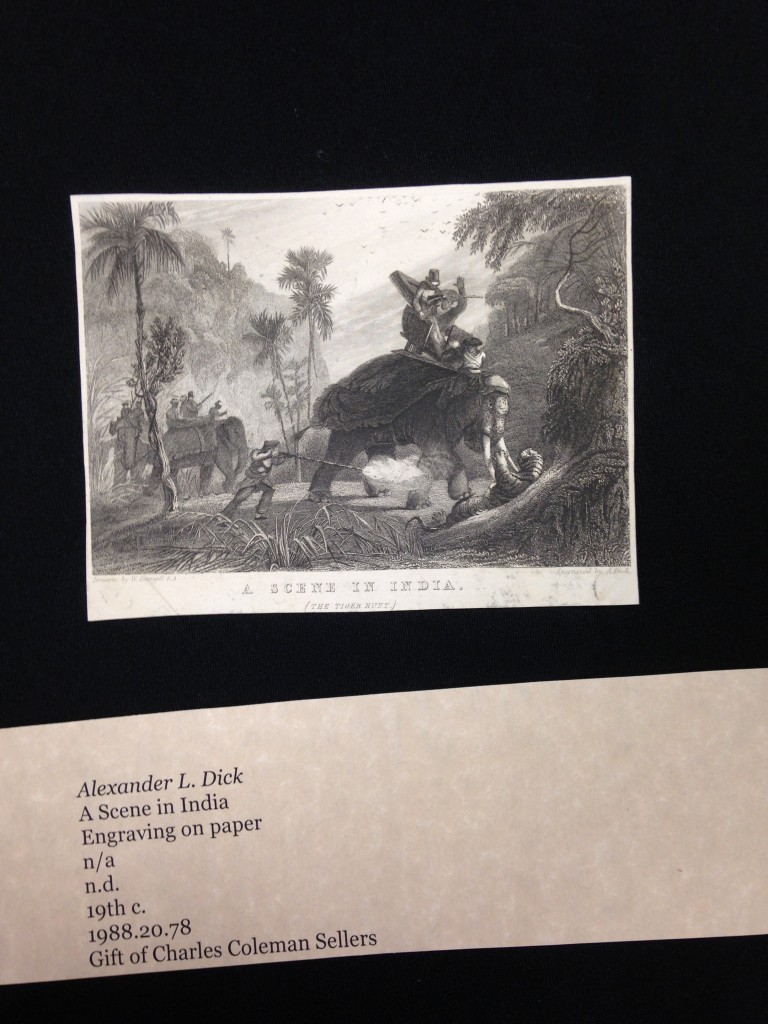Alice’s Adventures in Wonderland by Lewis Carroll is a story about a girl who dreams about a fantastic world full of nonsense, singular creatures and adventures. However, a deeper analysis of this timeless children’s book could reveal several implicit references to colonialism. The book was first published in 1865 and that century was marked by a fierce British expansion especially towards exotic places such as Africa and Asia.
Alice is depicted as an invasive intruder since the beginning of the novel when she moves a jar of marmalade that she sees while falling down the rabbit hole. “She took down a jar from one of the shelves as she passed: it was labeled “ORANGE MARMALADE” but to her great disappointment it was empty … so [she] managed to put it into one of the cupboards as she fell past it” (2). From the first moment she enters this new world, she shows no respect towards what or who she encounters there, moving objects as she likes and acting as if she owns the place.
Her unwillingness to accept and adapt to this new foreign world, and her effort to change and dominate it are well illustrated in the passage where Alice kicks the lizard out of the chimney. Although she is the one who has broken into someone else’s home, she feels she has the right to literally kick out the people, or animals in this case, who inhabit it. Therefore, conscious that Bill the lizard is coming down the chimney, she thinks “Oh! So Bill’s got to come down the chimney, has he? … but I think I can kick a little!” (28), “she gave one sharp kick, and waited to see what would happen next” (29). This planned act and imperious attitude of Alice can be seen as a metaphor of the British conquerors who invaded other people’s land and either removed or subjugated its native people.
However, the passage that most exemplifies this colonial attitude is the tea party. The fact that Alice, despite not being invited, arbitrarily decides to join the unusual party is an implicit reference to the domineering attitude of British colonizers who decided to occupy other people’s territories without being given any permission. The whole scene can be therefore symbolically interpreted as the British colonization of vast areas overseas. The reaction of the March Hare, the Hatter and the Dormhouse at the sight of Alice “ No room! No room!” (53) seems to evoke the feeling of native people towards the British colonizers, whereas the perspective of the latter is given by Alice’s answer “There’s plenty of room!” (53). Carroll’s choice to write the word “plenty” in italics, together with the words of the March Hare who asserts that “it wasn’t very civil of you to sit down without being invited” (53) also convey his personal opinion on imperialism. By emphasizing Alice’s arbitrary and disrespectful attitude towards the inhabitants of the land she is venturing in, Carroll is in fact implicitly judging expansionism as uncivil.
While Alice’s domineering attitude, carelessness and disrespectfulness towards the native people of Wonderland are suggested throughout the novel, they becomes explicit only in the final passage. By stating “Who cares for you?… You’re nothing but a pack of cards!” (102), Alice finally acknowledges and asserts her superiority, and this awareness leads to the end of her dream.


